I started with the idea of not using any kind of electronics and just have a contact breaker to make the coil oscillate. My first experiment with that setup worked well but the contacts just kept wearing out and the coil stopped oscillating within a few minutes. Also the timing was not very regular. Eventually i gave up and decided to use a hall sensor and a attiny to oscillate it precisely. But then I hit another snag. The frequency of oscillation was largely dependent on the balance wheels mass and the spring constant of the hairspring ( which was impossible to calculate for a printed part ). After experimenting with a lot of different spring thicknesses and balance wheel masses i could only get the wheel to oscillate at a frequency of 3.5hz without increase the size of the balance wheel substantially.
Ultimately i ended up just pulsing the coil at every 2 second with a on time of 40 milliseconds just to give the balance wheel enough force to push the ratchet with one teeth forward. This also kept the coil running cool and consuming less power. It also sounds less crazy lying on the desk. The attiny can be easily replaced now with a 2 hz oscillating circuit but it is much easier with a msc to set the time and have very low part count.
files at:
https://www.thingiverse.com/thing:2370166buy:
https://www.tindie.com/products/ekaggrat/torlo/

 ekaggrat singh kalsi
ekaggrat singh kalsi


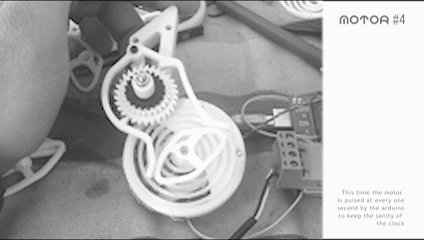
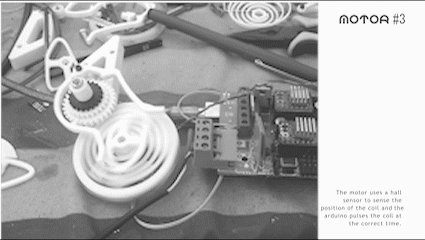

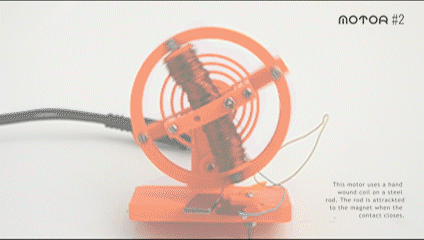

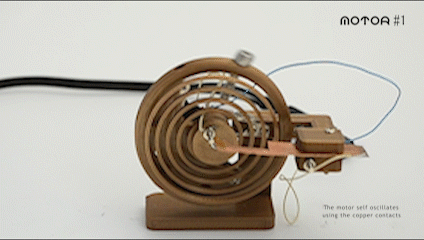
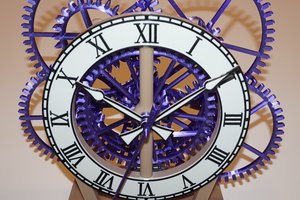
 Steve
Steve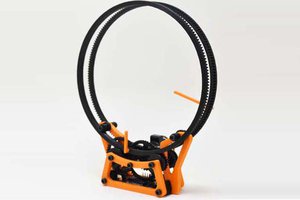
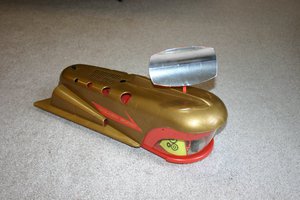
 Mike Rigsby
Mike Rigsby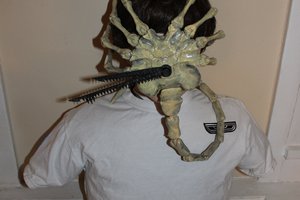
 Keith Elliott
Keith Elliott
Hi, Where are the precise instructions for building the motor ? Thank you. Marc91